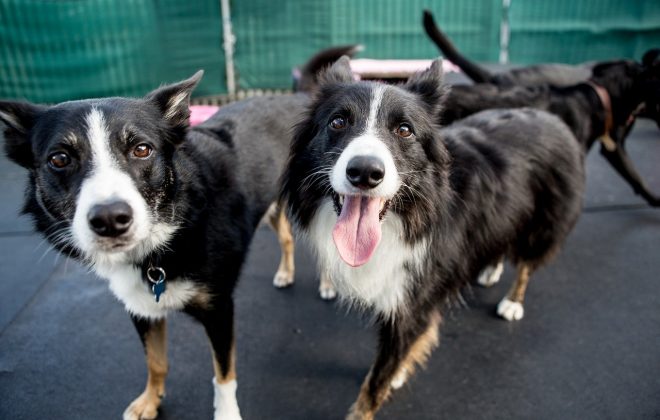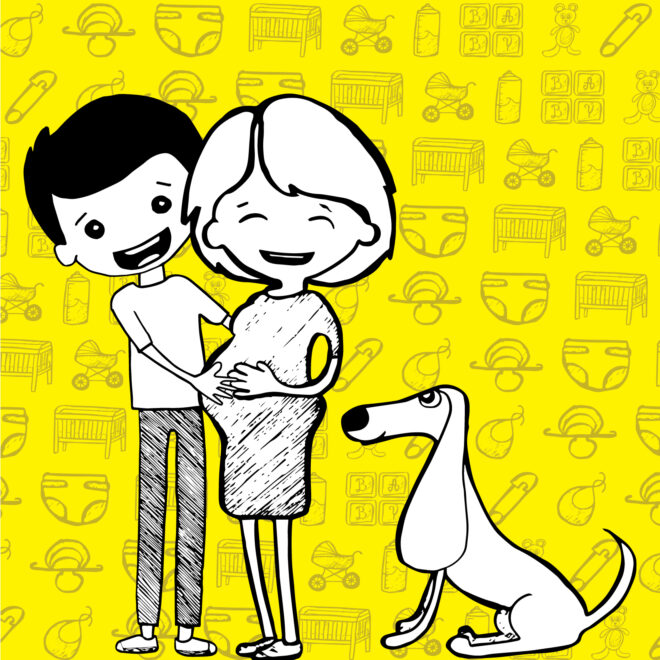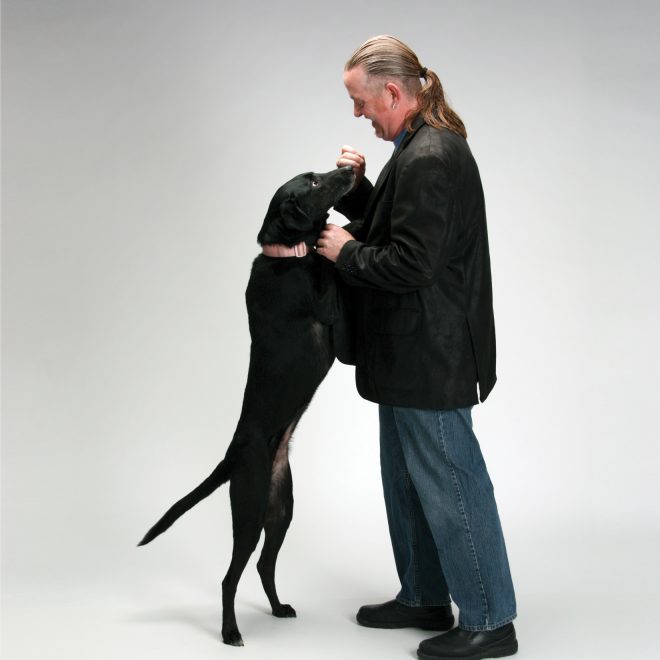Guest Blog…Pet Odor Removal, By Brian Bock
General
Whether you’re buying a home or selling one, the topic of a pet in the home is often a hot one. Buyers must be aware that humidity and odors go hand in hand. If you buy a house in the winter you may not smell the issue for several months. As the humidity rises in spring and summer so do the odors. Sellers want to make the house presentable of course but with out going broke replacing everything like the carpets. To solve a pet odor issue in a home, it must be found. Inspection of the “soft surfaces” is not part of a normal home inspection. Consider having a Pet odor inspection performed by a local carpet cleaning company. I would recommend only an IICRC Certified Firm with IICRC odor control technicians on staff. This way you know they have had formal training in dealing with pet issues and employ the proper testing procedures. An inspection will help you identify if there is a problem and more importantly where! Below, I will outline what must be accomplished to solve what can be a more complex issue than most homeowners realize.
Detection: to solve the problem it must be found. This is often
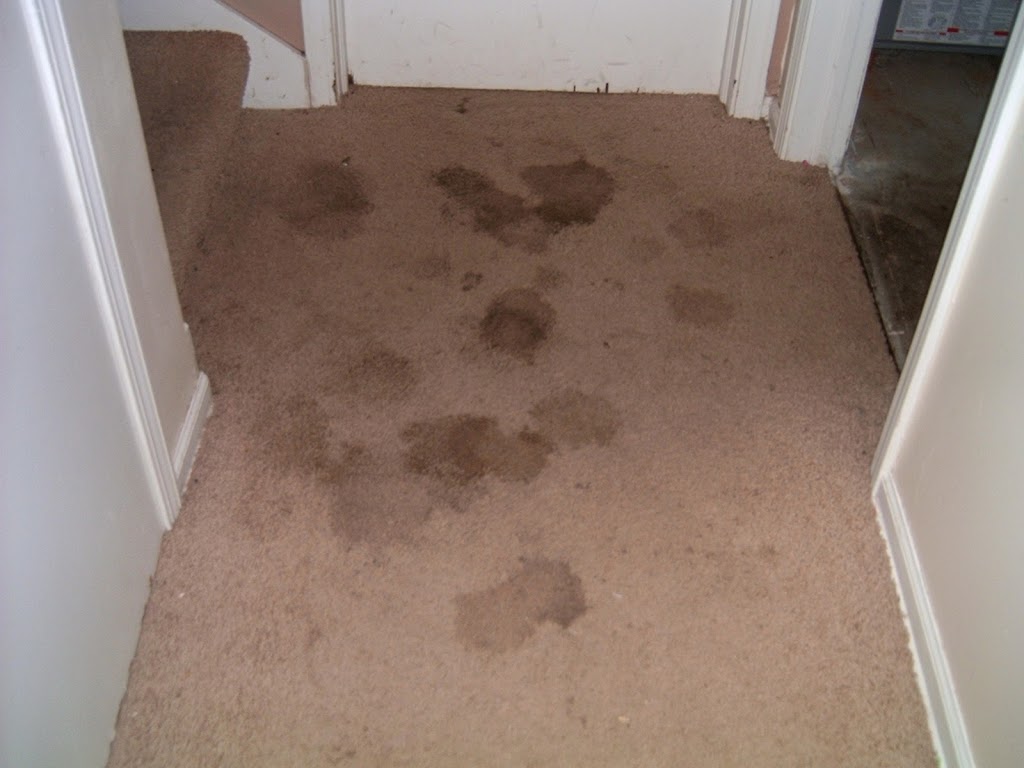 |
| What you can see…. |
missed by many carpet cleaners and until one knows the severity of the damage how can anyone offer a solution? This is where IICRC training separates professional cleaners from the “bubba’s” out there.
The First line of detection is the nose. Once urine is smelled it is seldom forgotten. If you can smell it from the front door, “Houston we have a problem!” The challenge with urine is the urine starts out acidic and changes to moisture loving (hydrophilic) alkaline salts that can permanently damage carpet color. The other problem is in the summer when the humidity levels increase or when it’s rainy, it smells worse. This is because these salts draw moisture into the deposit and it starts re-evaporating or off-gassing the ammonia gas from the bacteria in the urine. If the carpet cleaner just comes in and cleans the carpet it will most likely smell worse because they just created humidity above it. The real problem is in the backing, padding or the sub floor. The odor is not coming just from the bacteria but also a chemical odor is emitted. This is why it may take a combination of different deodorizing products to achieve the desired results. The next issue is the stain. Urine has natural pigment from urea and chemically reacts with nylon to form that bright yellow stain we all know and love. To make matters worse it goes down warm (98.6 F) which decreases the surface tension as it runs straight down… Olefin and polyester carpets won’t stain as easy but it runs down into the sub-surface easier because the fiber doesn’t absorb it as much. So it would be nice to know the fiber content.
The Second line of detection is by UV light. UV picks up the dyes in the urine. It will glow like you just walked into a novelty gifts store at the mall in a white shirt. This is also why they want to know the sex of the animal. Females will go in open areas, males around objects like legs of chairs. Did it get the chair too? Has the animal been spade or neutered? If not they will most likely be marking territory in small amounts rather than emptying the kidney’s by the back door. The UV light will pick up anything that will fluoresce.
Third is the moisture meter, it will pick up the moisture drawn into the urine salts. Also this is one way to differentiate between urine and a drink spill under UV light. Another is the spill pattern. Is it a splatter or gradual circular from a squatting animal…?
Fourth would be visual inspection of the backing stains, they are easy to find but this is the most intrusive method and will require re-installation of the carpet.
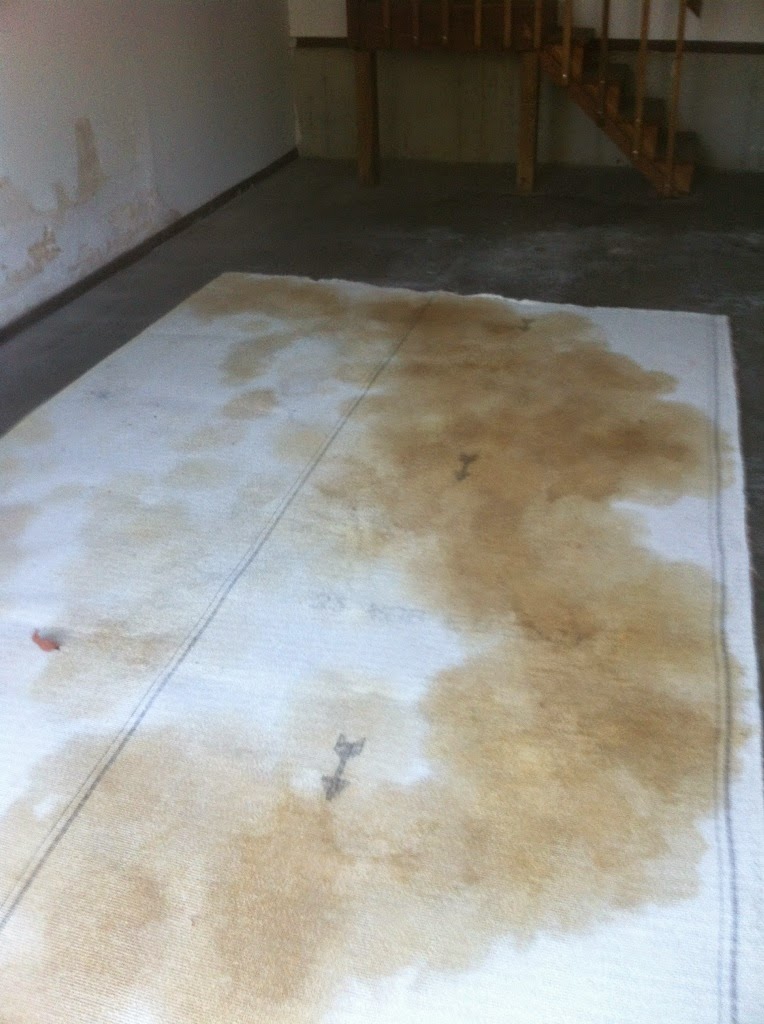 |
| A view of the stain from the backing side…. |
1. The solution: Solutions may range from simple topical deodorization to erecting an odor control barrier from the sub floor to the tips of the carpet. As a rule, if the results of inspection indicate more than 20% coverage on the surface, replacement may be required to completely solve the problem. Understand that there is a lot of latex glue used in the construction of carpet and urine spreads as it goes down so the backing may have 60% coverage. In between the backing structures, the latex absorbs some of the urine, which is not only an odor issue but deteriorates the carpet construction itself. At this point the age, value of the carpet, and level of tolerance must come in to play.
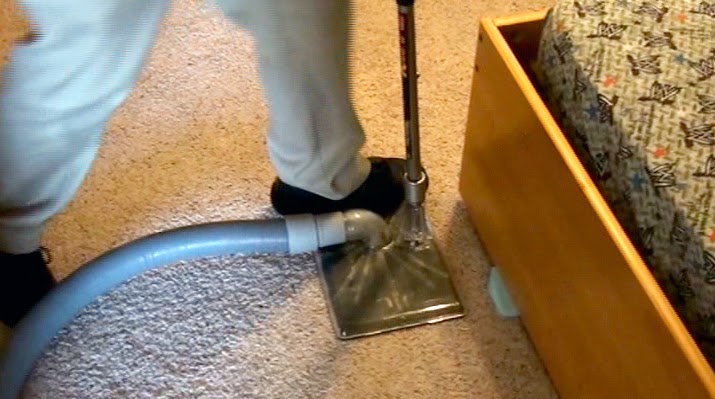 |
| Water Extraction Claw |
Brian Bock brings 20 years experience in the carpet cleaning industry. He is certified by the Institute of Inspection, Cleaning, Restoration Certification as an IICRC Master Textile Cleaner, which is one the highest levels of cleaning certification in the industry. He has also worked as an industry instructor teaching other cleaners all over the United States. He is a founding member of the local chapter of the Society for Cleaning and Restoration Technicians (S.C.R.T.) Bock’s Steam Star boasts having the one of the only firms in the area with 2 Master Textile Cleaners on staff. You can contact Brian at Bock’s Steam Star 913-438-7767
.
5074 Total Views 1 Views Today
Search Blogs
Most Popular Posts
Best Selling Books
K.I.S.S. Dog Training proudly serves the Kansas City Metro, Overland Park and Surrounding Areas. 40 miles, 20 miles each way from Shawnee, KS is included for In-Home Sessions... Over that mileage is an additional charge of $1.00 per mile... Call with Questions
Contact Us Today!
K.I.S.S. Dog Training
Shawnee, Kansas
(913) 269-7595


